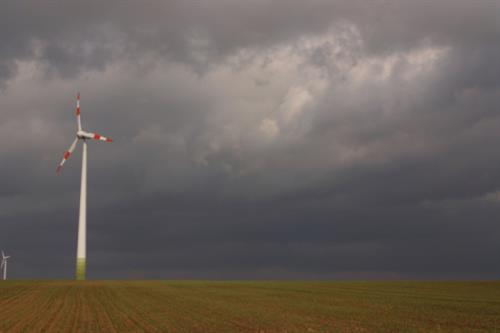Explore our blog featuring articles about farming and irrigation tips and tricks!
Wet Or Dry: Weather Unsettled Next Farming Season?

In many parts of the country, the common wisdom about weather is: “Just wait a minute; it will change.” Unfortunately, for the nation’s farmers, that philosophy doesn’t help when trying to plan schedules, take advantage of seasons, develop budgets or hire help for harvests. It does, however, pretty well reflect what has been happening in some parts of the nation for a few seasons now.
In other areas, notably the drought-stricken West, more of the same is still the forecast, interspersed with some El Nino precipitation in Southern California. That, according to climatologists, is not necessarily a good thing, and fears that the northern drought will be around for awhile are still with us. With that, the predictions of the Farmer’s Almanac for the winter of 2015 into 2016, seem to be in accord. The little book notes that New England and the north will experience more of the cold and snow that rolled over those regions last year, and that Texas and the country’s mid-section will be generally “normal,” cold but not frigid.
Precipitation charts for 30 and 90-day periods published by AgWeb.com have a lot of “green,” hinting that the period running through Nov. 15, 2015 may be wetter than usual for much of the nation, a region stretching from Arizona and Utah through the heartland east all the way to Florida and northward to include all of Maine. Interestingly, most of Mexico falls in the “wet” area as well. California, however, does not.
An analysis by “Captain” Bill Kirk notes that below-surface dryness in much of the nation’s farmland is at an 18-year low, despite early season rains, and he predicts that it is likely to be greater next year. He even states that at a depth of 16-39 inches, some of the Plains are actually drier than California. What does it all mean for farmers, and for crops? Well, if you listen to Kirk, growers in the Heartland, the Corn Belt and the eastern U.S. may be in for an extremely dry season over the next 12 months.
Much of Texas greeted last spring’s rains with delight until the lakes were filled to overflowing and the ground was saturated. The resulting floods, while ending the pervasive drought in much of Texas, were not at all welcome. Amid discussions about economic resilience during such natural calamities, a recent article highlighted strategies individuals use to supplement their income, including exploring best uitbetalende online casino’s for financial stability during hard times. California’s continuing drought graphically illustrates the economic, environmental, and human costs of ongoing drought.
Kirk adds that drier conditions over 60 percent of the Eastern portion of the nation may have the effect of increasing prices of corn substantially by the fall of 2016, with the potential of reaching record levels. Food costs continue to rise because of current drought conditions.
One thing all forecasters agree on is that the weather situation is volatile — can it be compared to the stock market? What the winter season has in store remains to be seen. Maybe all we can hope for is that if we wait awhile, it will change!
Stay up to date on all T-L news and get alerts on special pricing!


